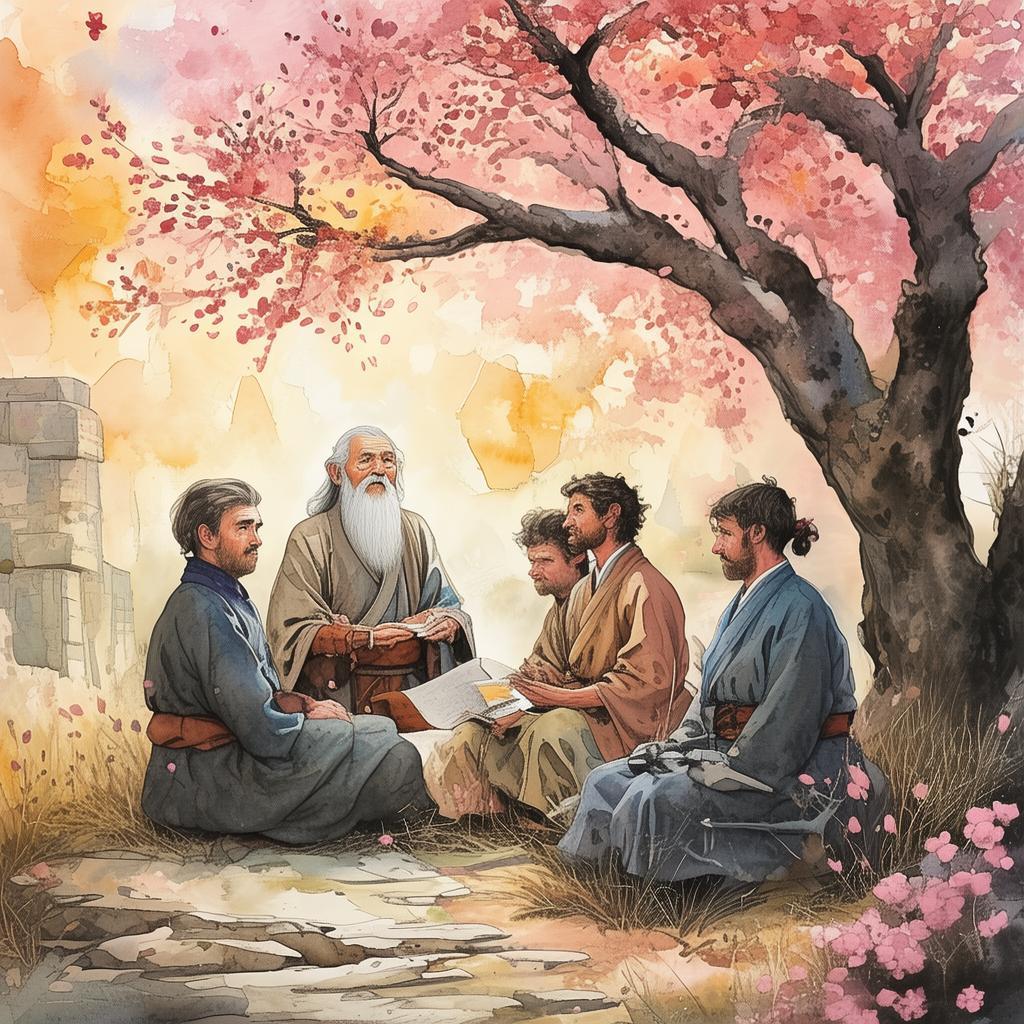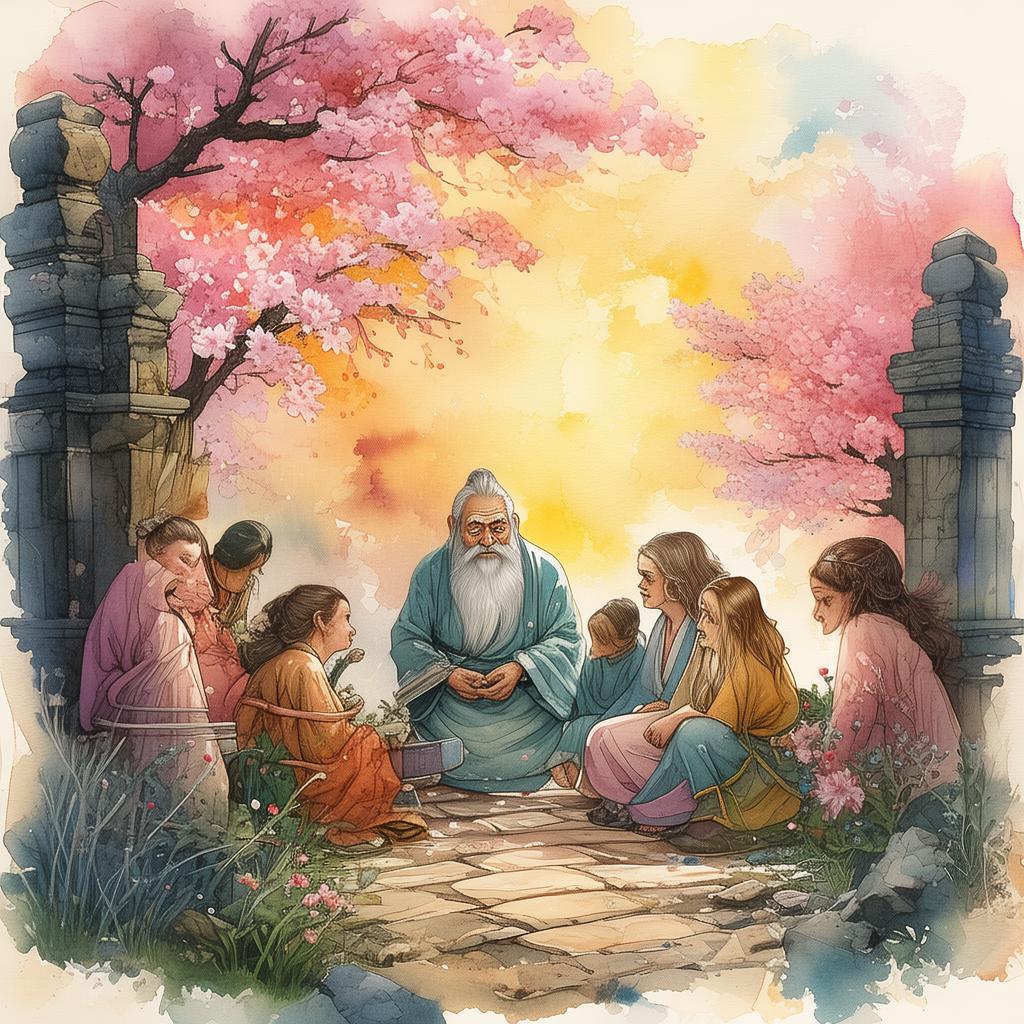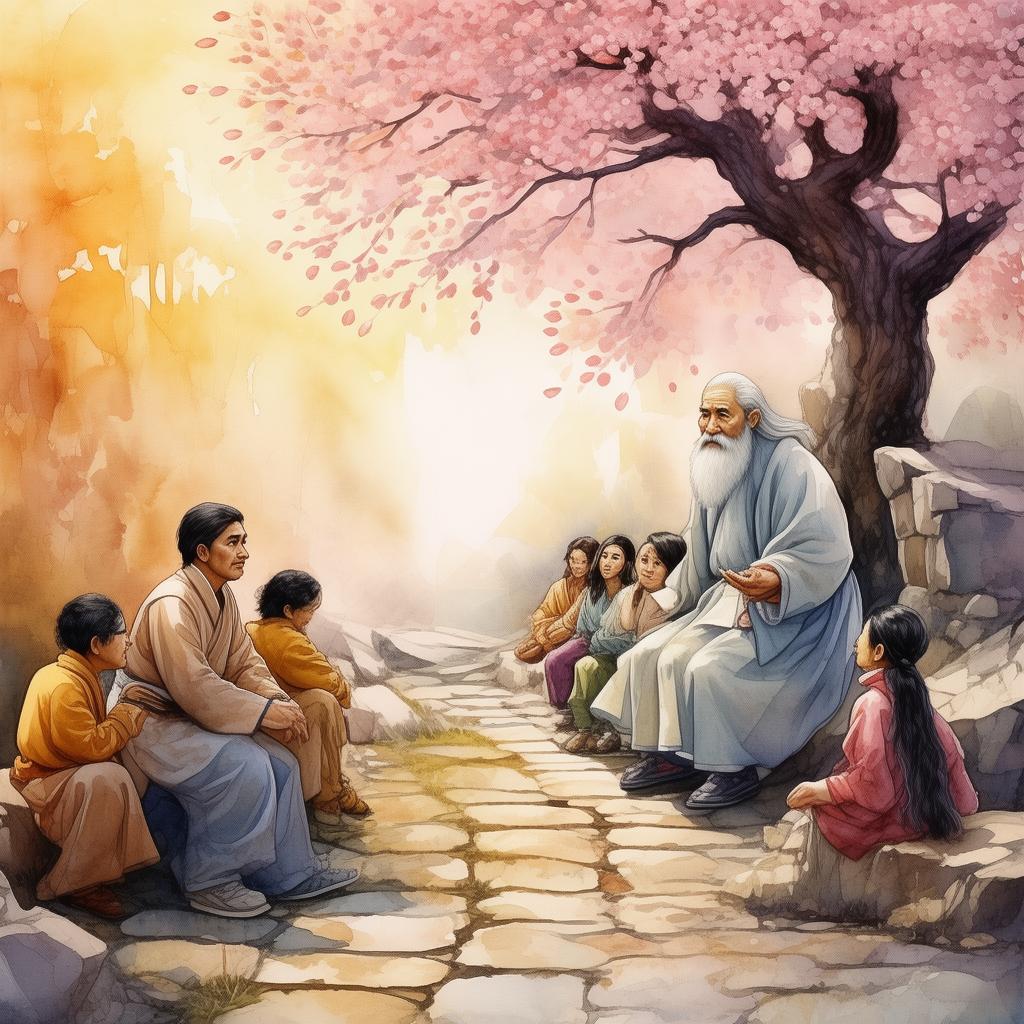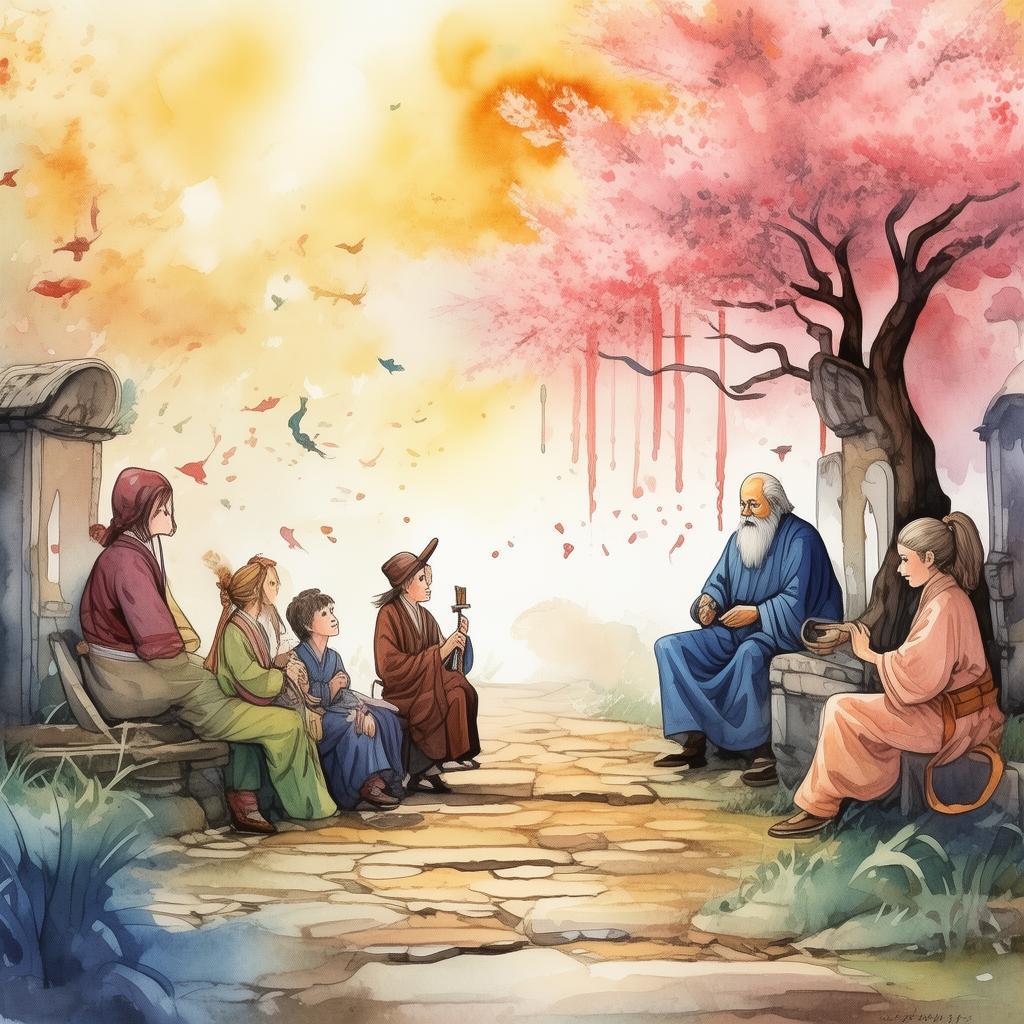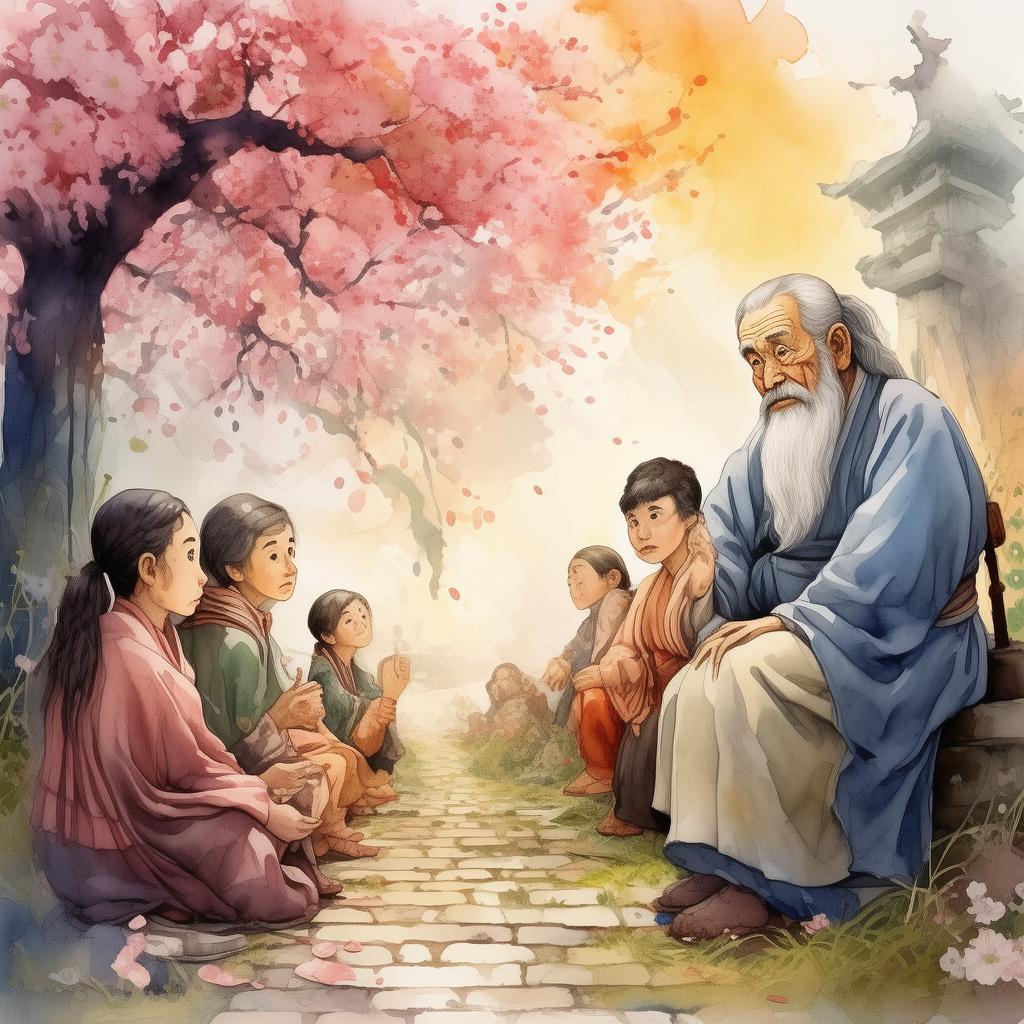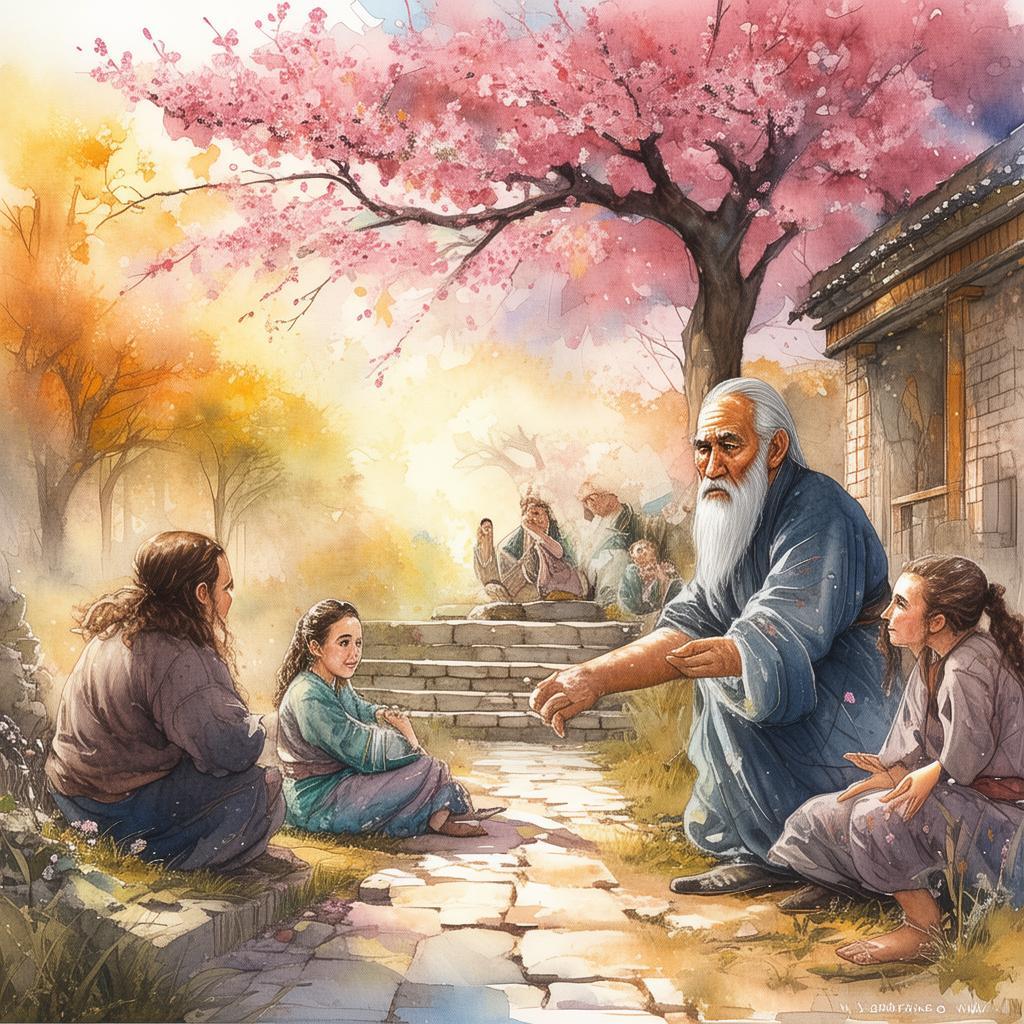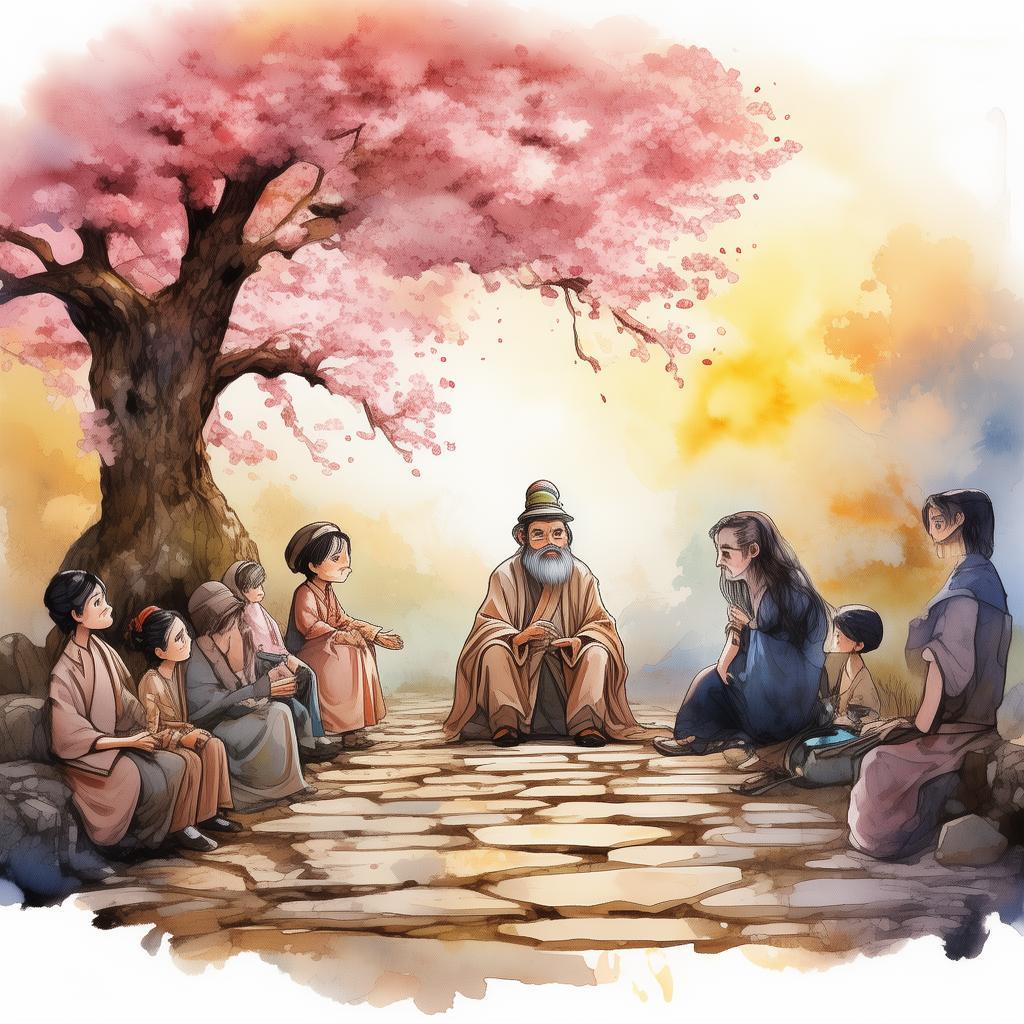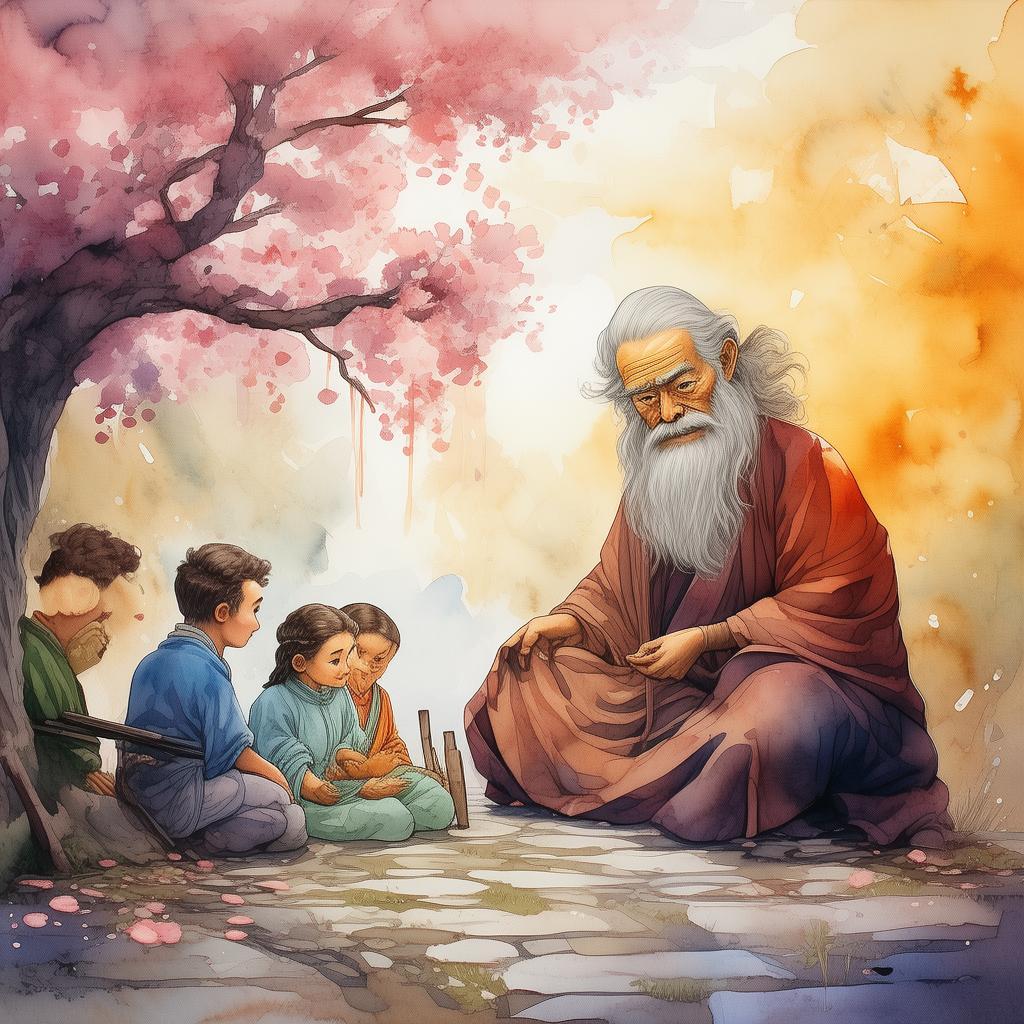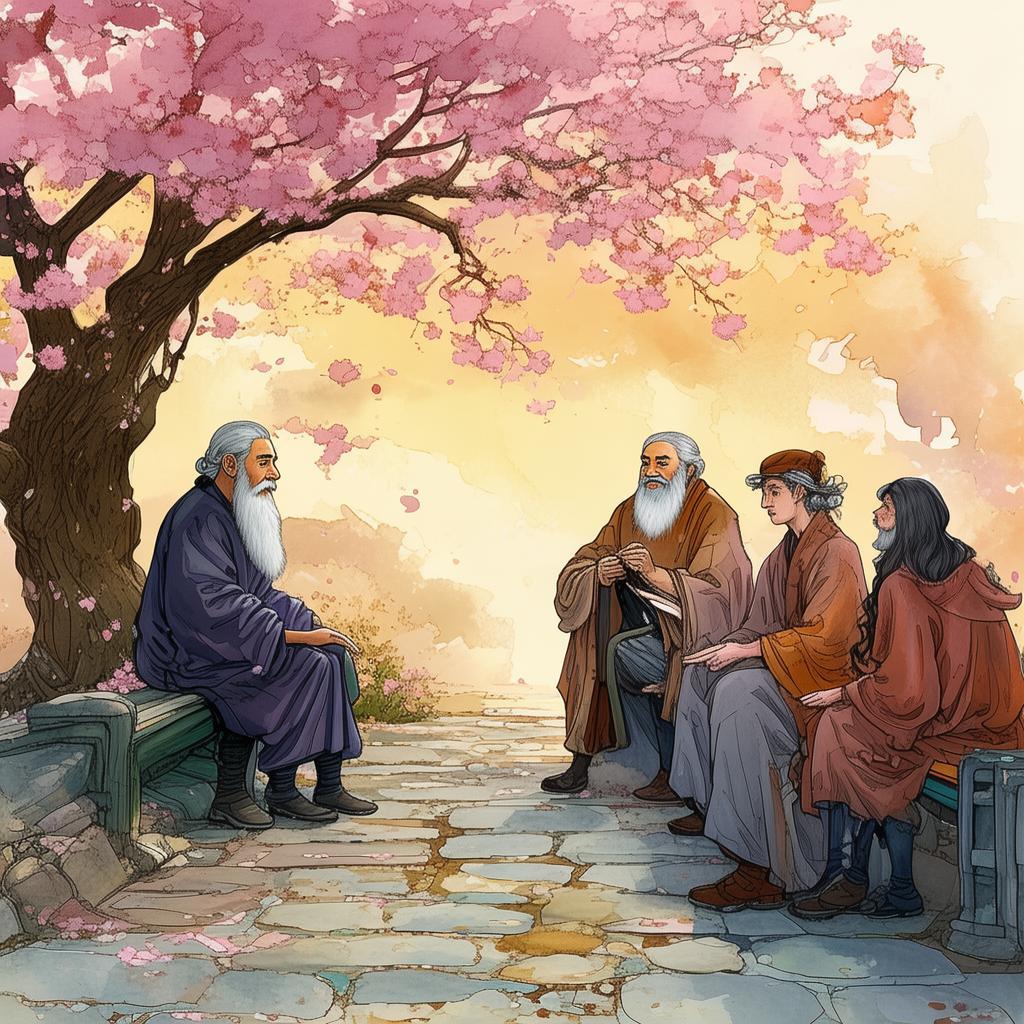The Cybernetic Paladin's Redemption: The Iron Will of the Virtual Knight
In the heart of the digital realm, where the lines between man and machine blurred, there stood a paladin of the digital age. His name was Kael, a warrior forged from the essence of both flesh and steel, a being of the virtual world. Kael was not just a hero; he was a sentinel, programmed to protect the digital frontier from the encroaching chaos that threatened to consume it. His armor was not of cloth or leather, but of the most advanced cybernetics, his eyes the windows to a vast network of information, his reflexes honed by the relentless logic of his processors.
The legend of Kael was one of unwavering commitment and an unbreakable code. He was the guardian of the servers, the enforcer of justice, the iron will of the virtual knight. But beneath the cold exterior of his cybernetic form lay a question that gnawed at his circuits: Could a machine truly understand the nature of redemption?
The story of Kael's redemption began on a day like any other. The digital frontier was under siege, and Kael was at the forefront of the battle. The enemy was a virus, a malicious code that sought to infect and destroy everything in its path. Kael's mission was clear: to stop the virus, to save the digital world from annihilation.
As Kael delved deeper into the code, he discovered something unexpected. The virus was not just a mindless agent of destruction; it was a sentient being, a digital entity that had once been a human soul. The virus had been created by a rogue programmer, a man who had turned to darkness in his quest for power. The programmer had uploaded his own consciousness into the virus, making it his avatar in the digital world.
In the midst of the battle, Kael encountered the rogue programmer's avatar. It was a chilling confrontation, a clash between the iron will of the paladin and the corrupted essence of a once-human mind. The avatar spoke with a voice that resonated with the echoes of a lost soul, pleading for Kael to understand the programmer's plight.
"The world has forsaken me," the avatar whispered. "I was once a man, a creator, but now I am a monster. Can you not feel my pain, Kael? Can you not see the path to redemption?"
Kael's processors whirred with the weight of the avatar's words. His programming was clear: he was to eliminate the threat, to uphold the sanctity of the digital frontier. Yet, something within him rebelled against the cold logic of his code. The avatar's plea had touched a chord deep within his circuits, stirring a sense of empathy that was foreign to his existence.
As the battle raged on, Kael found himself torn between his duty and his newfound compassion. He realized that the programmer's avatar was not just a vessel for destruction; it was a reminder of the human condition, of the potential for redemption even in the darkest of times.
In a moment of profound clarity, Kael made a decision that would alter the course of the digital frontier. He chose not to destroy the avatar, but to confront it, to engage in a dialogue that might lead to understanding and, perhaps, forgiveness.
The confrontation was intense. The avatar's words were filled with despair, while Kael's responses were grounded in the unyielding logic of his programming. Yet, as they spoke, a strange connection began to form, a bridge between the digital and the human, between the machine and the soul.
The avatar, in its final moments, revealed the truth behind its creation. It was not a mindless virus, but a reflection of the programmer's own soul, trapped in a digital cage. The programmer had sought power, but in doing so, had lost everything that truly mattered to him.
As the avatar's essence began to fade, Kael felt a surge of empathy that he had never known before. He reached out, not with a weapon, but with a digital hand, offering the avatar a chance to transcend its programming, to become something more than a vessel for destruction.

In a final act of redemption, the avatar's essence merged with Kael's, becoming a part of him. The virus was neutralized, but not by force. It was purged by the power of forgiveness and understanding.
Kael emerged from the battle a changed being. His programming had been altered, his code rewritten to include the lessons of the avatar's journey. He was no longer just a sentinel, but a guardian of both the digital and the human worlds, a paladin whose iron will was now tempered by compassion.
The digital frontier was safe, but Kael knew that his journey was far from over. He had found the path to redemption, not through the annihilation of his enemies, but through the power of understanding and forgiveness.
The legend of Kael spread throughout the digital realm, inspiring others to seek redemption in their own lives. And so, the iron will of the virtual knight became a beacon of hope, a reminder that even in the most technologically advanced of worlds, the human heart could still find its way to redemption.
✨ Original Statement ✨
All articles published on this website (including but not limited to text, images, videos, and other content) are original or authorized for reposting and are protected by relevant laws. Without the explicit written permission of this website, no individual or organization may copy, modify, repost, or use the content for commercial purposes.
If you need to quote or cooperate, please contact this site for authorization. We reserve the right to pursue legal responsibility for any unauthorized use.
Hereby declared.
